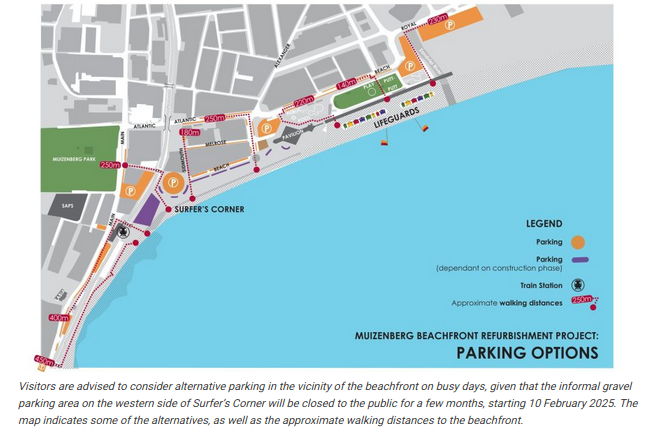Over 600 companies have closed this year, but the trend isn’t new. Here’s why.

Advertising
28-05-2021
Read : 495 times
Business Insider
Source
Over 600 companies were liquidated in the first quarter of 2021 – a sharp increase from the first quarter of 2020 – following the first year of the Covid-19 pandemic. But while that number may seem steep, it's not clear that the number can be attributed to lockdown, or even the broader pandemic, alone. It is not out of sync with liquidation trends seen over the last five years. In fact, the only evidence of the impact of lockdown in the liquidation numbers can be seen in the latter half of 2020, where liquidations increased.
The latest liquidation statistics were released by Statistics South Africa (StatsSA) this week.
With the exception of the month of April 2020, when the Companies and Intellectual Properties Commission (CIPC), which processes liquidations, was closed, liquidations appear not to have increased or decreased dramatically despite the lockdown.
In 2019, there were a total of 636 liquidations in the first quarter of the year, January to April, both voluntary and compulsory. For the same period in 2021, there were 674 liquidations. In 2020, the number dropped to 434 – but this includes the month of April, where it was zero.
In the first quarter of 2018, there were 578 liquidations, while the number in 2017 was 575. In other words, liquidations in the first quarter of the year have steadily increased over time, though not significantly.
Every year, the finance, insurance, real estate, and business services sectors had the most liquidations, followed by trade, catering, and accommodation. In 2016, StatsSA introduced a new category, "unclassified". A high number of liquidations fall into this category every year.
Large employers like mining, manufacturing, and construction do not suffer as many closures as trade and finance, historically. However, 12 manufacturing firms went into voluntary liquidation in the first quarter of 2021. Seven construction firms were also liquidated.
Away from the broader trends, the impact of lockdown on businesses can be seen in some of the data: the 2020 data shows a spike in liquidations between August and November 2020. This could indicate a delayed increase in business closures due to the hard lockdown starting in March. It is also a trend not seen in the years prior.
Recent News
Here are recent news articles from the Building and Construction Industry.
Have you signed up for your free copy yet?









